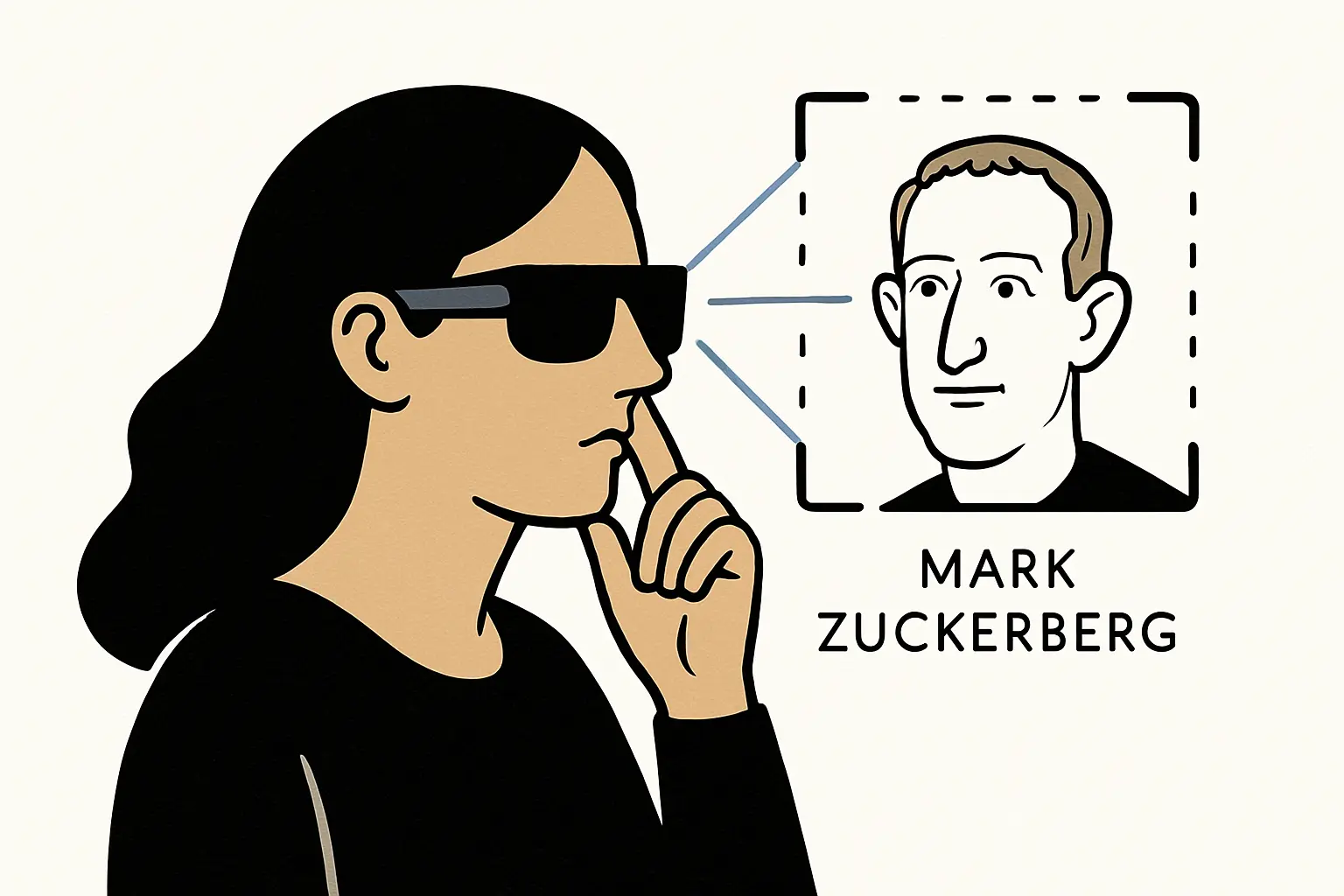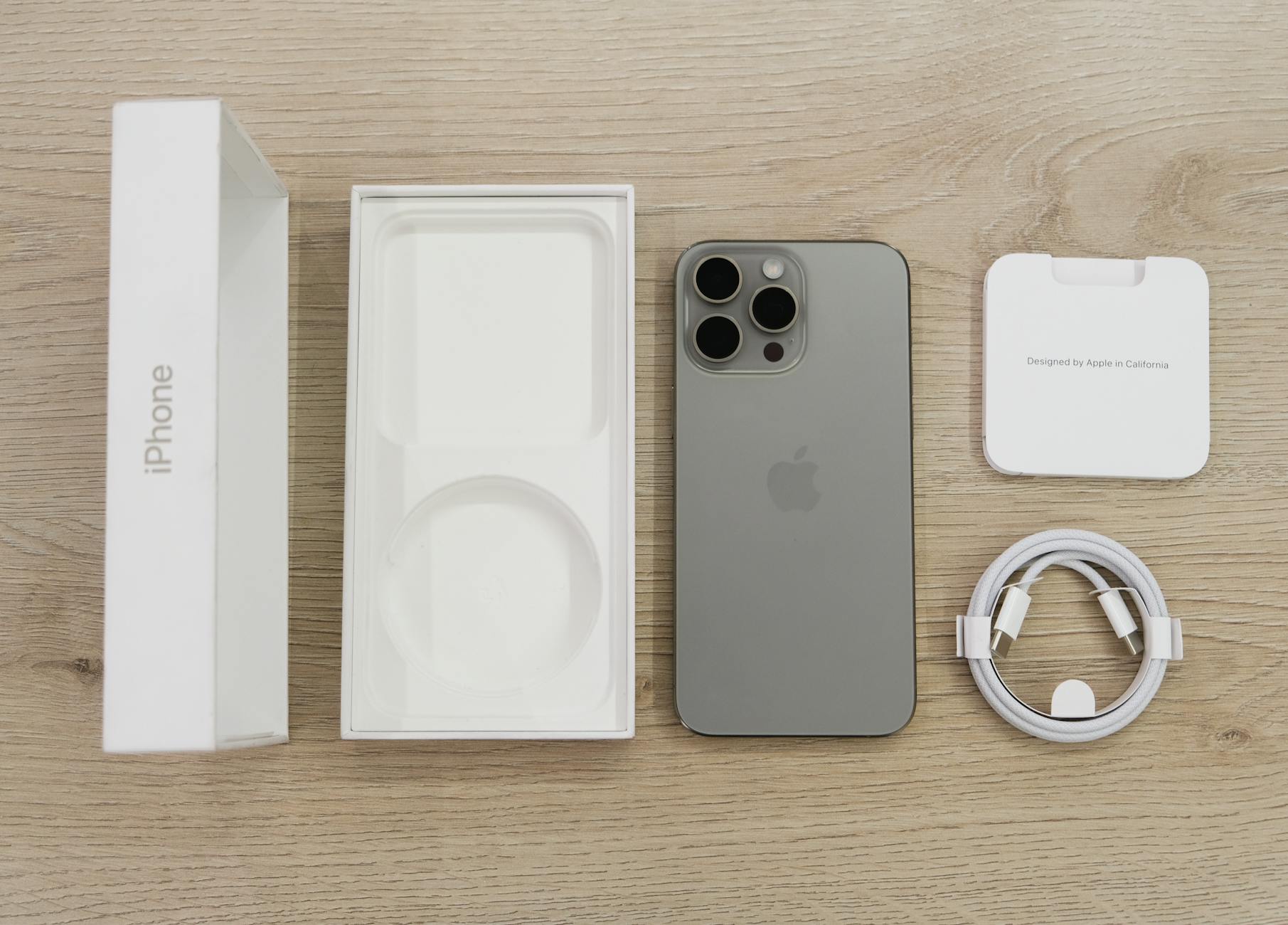Google’s somewhat Secret ‘Web-Only’ Mode Is Real—and It’s Glorious (If You Know How to Use It)
If you’ve felt like Google’s search results lately look more like a carnival than a tool— swathes of ads, AI half-baked summaries of who-knows-what, and a barrage of “people also asked” nonsense—you’re not alone. It is truly staggering that the Google search page is now over 70% slop, with sometimes less than 30% dedicated to websites that are actually related to your query.
In recent years, Google has made a distinct move from being a search tool to a content provider. For many people, it is a bridge too far. People want to review the sources of information, get the information from its original source, and, most importantly, come to their own resolution rather than having it fed to them through Google’s lens and filters. That last point is important.
But here’s the kicker: the cleaner, classic Google you miss? It still exists. It’s just been hiding behind a cryptic URL trick called UDM=14.
Wait, What’s UDM=14?
Buckle in: UDM stands for “User Display Mode” (at least, that’s the best guess—Google’s not exactly chatty about it). When you tag &udm=14 onto the end of a Google search URL, it tells Google: just show me real web results. No AI summaries. No shopping boxes. Just actual links.
This sneaky little URL parameter surfaced around May 2024, quietly announced on Google’s Search Liaison account. Basically, someone at Google went, “Fine, we’ll give the people what they want. But we’re not going to make it easy to find.”
It forces the search into “Web Only” mode, which is an option that is often hidden. Here’s an example of just that. In the second image you can see the clean search results, and, the “Web Only” option is now visible.


How You Can Use It—Every Time
You’ve got two options:
- Manual Mode: After any search, click “More” and then “Web.” That’s the UDM=14 mode. If you can’t see that option, manually add “
UDM=14” between the ? and the q as you see in the url below. - Set It as Default: This is where things get juicy. You can actually make this clean version your default search engine—across Chrome, Firefox, Edge, and even some mobile setups.
Here’s the secret sauce URL:
https://www.google.com/search?udm=14&q=%s
That %s gets replaced by your search terms automatically. You’ll find this in your browser’s “Manage Search Engines” or “Search Shortcuts” section. Add a new engine, paste that URL, and set it as your default. Voilà—clutter-free searching.
The Mobile Quirks
Mobile’s trickier. If you’re on iOS, an app like Custom Search Engine lets you override Safari’s default, redirecting your searches to the web-only version. On Android, if you’re stuck with the Pixel Launcher, you can’t change the search bar’s engine (classic Google move). But third-party browsers like Firefox or Brave do let you set up custom search URLs—and have their own widgets, too.
Why This Matters
Google’s AI Overviews and sponsored noise might sometimes be helpful—but they’re not what everyone wants, every time. According to a 2024 Pew Research survey, over 60% of users said they felt overwhelmed by non-organic results in search engines. That’s a lot of people just looking for plain ol’ links.
With UDM=14, Google has quietly given us a way out. It’s not flashy, and it’s not advertised, but it works—like a VIP backdoor into the old web we used to love.
Our take: If you’re tired of wading through algorithmic sludge to get to the good stuff, setting UDM=14 as your default is a no-brainer. It’s not just a hack—it’s a digital detox. Try it out, and let your search experience feel like yours again.


















Comments are closed.